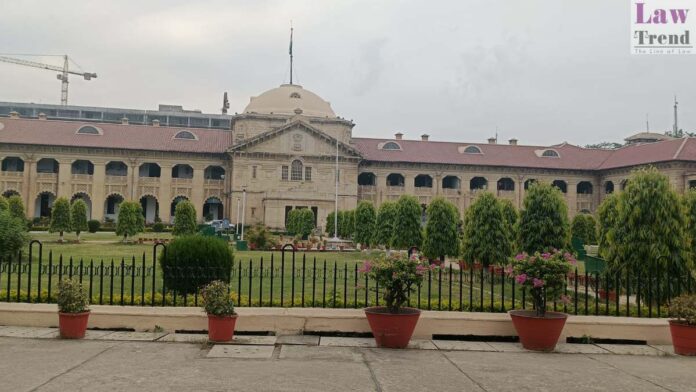In a significant ruling, the Allahabad High Court has clarified the law regarding maintainability of special appeals against orders passed by officers of the Uttar Pradesh State Road Transport Corporation (UPSRTC). The case, Special Appeal No. 31 of 2021, was presided over by Chief Justice Arun Bhansali, Justice Manoj Kumar Gupta, and Justice Vikas Budhwar.
To Read More Please Subscribe to VIP Membership for Unlimited Access to All the Articles, Download Available Copies of Judgments/Order, Acess to Central/State Bare Acts, Advertisement Free Content, Access to More than 4000 Legal Drafts( Readymade Editable Formats of Suits, Petitions, Writs, Legal Notices, Divorce Petitions, 138 Notices, Bail Applications etc.) in Hindi and English.




